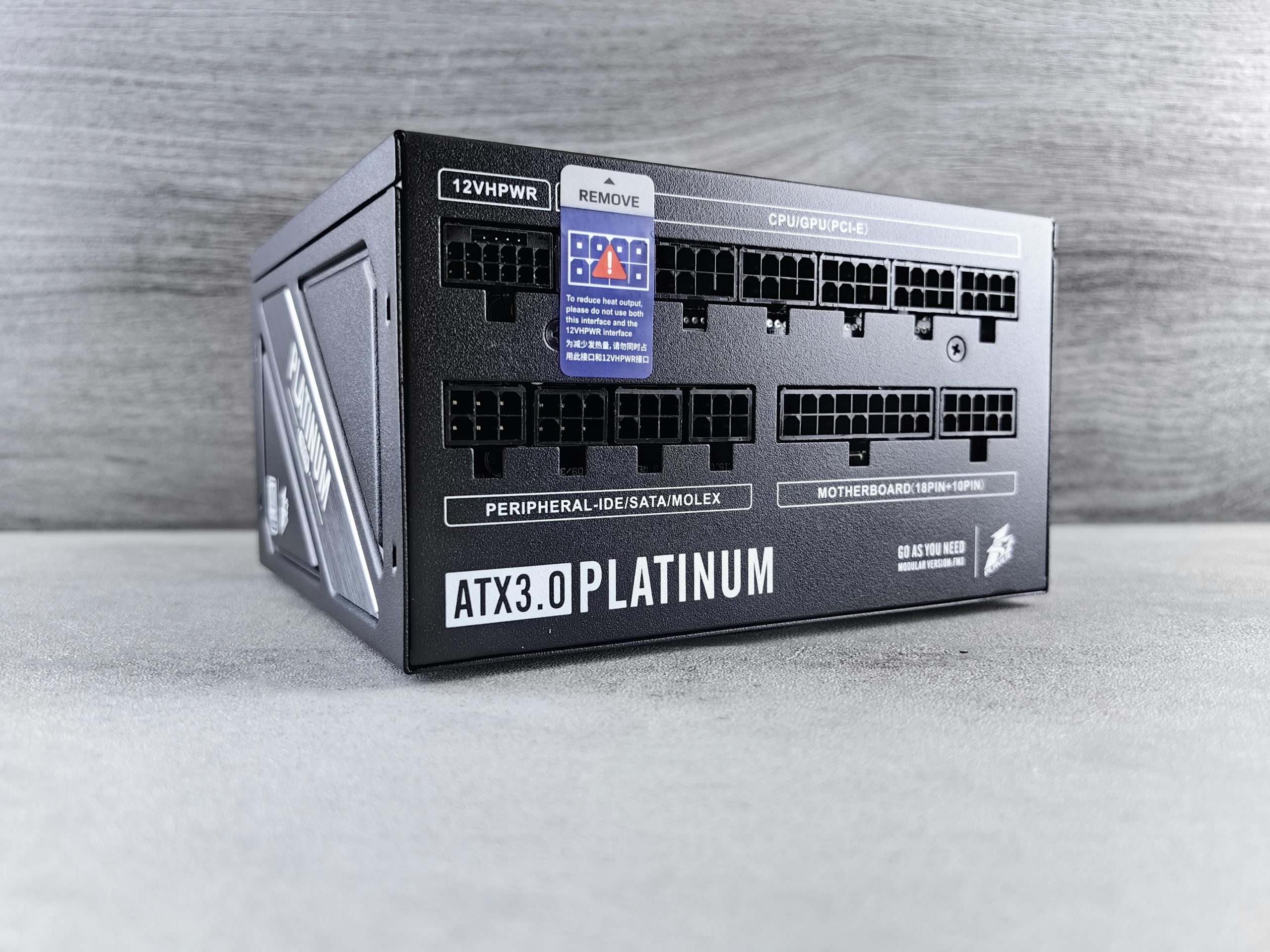Troubleshooting a No Display Signal and VGU Light on Your Motherboard After GPU and PSU Replacement
Experiencing hardware issues can be frustrating, especially when they persist despite multiple component replacements. If your computer shows no display signal and the motherboard’s VGU (Video Graphics Unit) LED indicator lights up, it might indicate a problem with your graphics card or power supply. Here’s a comprehensive guide to help you diagnose and resolve this issue.
Understanding the Symptoms
- No signal to monitor: Monitor remains blank despite being powered on.
- Fans and lights are operational: The system appears to run normally.
- Motherboard VGU LED lit: Indicates a problem related to the graphics subsystem.
Common Causes
- Insufficient Power Delivery: The GPU may not be receiving adequate power from the PSU.
- Faulty Graphics Card: The GPU might be defective or incompatible.
- Motherboard or BIOS issues: Settings or hardware faults could hinder display output.
- Connection Problems: Loose or damaged cables and connectors can cause display issues.
Step-by-Step Troubleshooting
- Verify Monitor and Cable Connections
- Ensure all video cables (HDMI, DisplayPort, DVI) are securely connected.
- Test with different cables and ports if available.
-
Confirm that the monitor is functioning correctly by testing it on another device.
-
Reseat the Graphics Card
- Power off the system and unplug it.
- Remove the GPU from its PCIe slot.
- Inspect the slot and card for dust or damage.
- Reinsert the GPU firmly and ensure it is seated properly.
-
Reconnect the power connectors to the GPU.
-
Check Power Supply Adequacy
- Confirm that your PSU provides sufficient wattage for your GPU and overall system.
- Inspect the power cables for damage.
-
Consider testing with a known-good PSU if available.
-
Reset BIOS Settings
- Clear CMOS by removing the motherboard’s battery or using the reset jumper.
-
Restore BIOS to default settings.
-
Test with Integrated Graphics
- If your CPU has integrated graphics, remove the dedicated GPU and connect the monitor to the motherboard’s display port.
-
Boot the system to verify if display output is possible without the discrete GPU.
-
Update or Reflash BIOS
- Check motherboard manufacturer’s website for BIOS updates.
-
Follow instructions carefully to update the BIOS, which can resolve compatibility issues.
-
Inspect Motherboard and Components
- Look for physical damage, swollen capacitors, or corrosion.
- R
Share this content:

